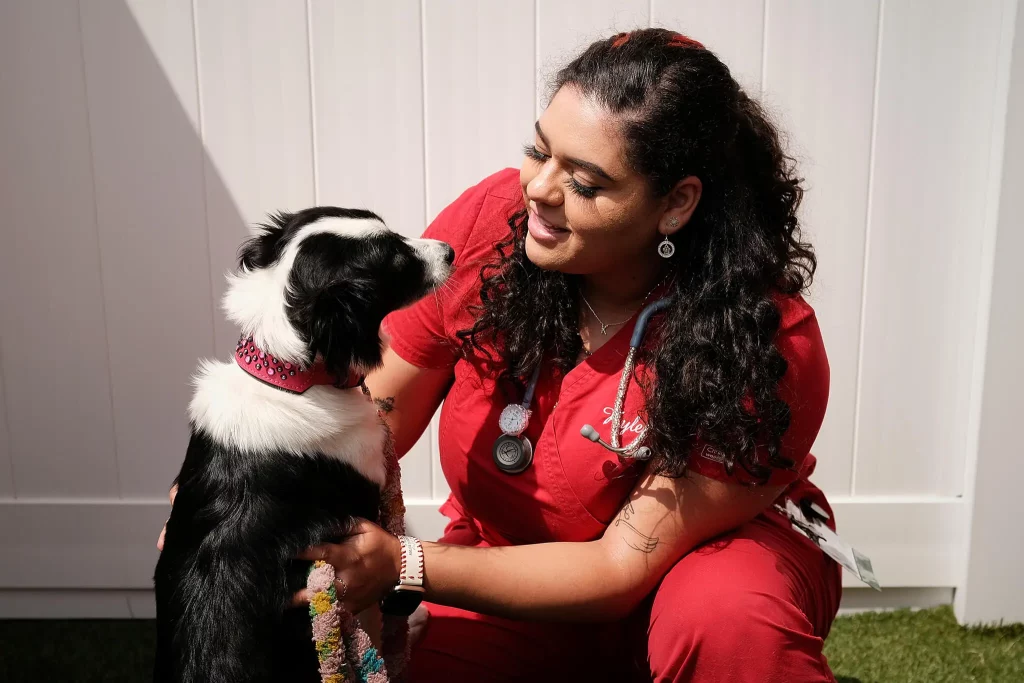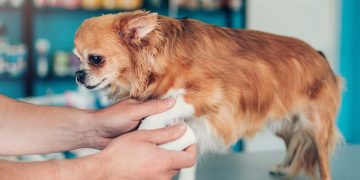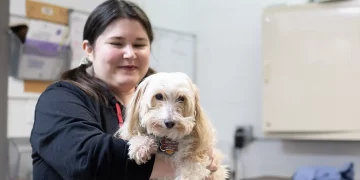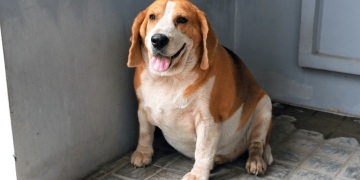When you live in a home that’s shared with a dog, a cat, a rabbit, and maybe even a bearded dragon or a parrot, you start to realize just how unpredictable life with animals can be. A scraped paw here, an upset stomach there, a nail caught on a carpet edge—it’s all part of pet parenthood. But when something unexpected happens and the vet is closed, an hour away, or fully booked, what you reach for first can make all the difference. That’s where a well-prepared, cross-species first-aid kit comes in. Not just a bin of random supplies, but a thoughtful, organized set of essentials tailored to the wide variety of creatures you may be caring for. In 2025, more multi-pet households than ever are embracing proactive care, and that means building a versatile, ready-for-anything pet first-aid kit that truly works for everyone under your roof.
Why Cross-Species First-Aid Matters More Than Ever
Whether you’re a longtime animal lover or a recent adopter, owning multiple pet species means navigating vastly different biological needs. Dogs and cats may share some basic wound treatments, but rabbits and reptiles have different body temperatures, skin types, and sensitivities. And while a canine-friendly antihistamine might save the day for a bee sting, that same pill could harm a tiny ferret or hamster. Having species-specific items is key—but so is streamlining. The goal isn’t five separate kits cluttering up your cupboard. It’s one intelligently packed kit that accounts for the most likely emergencies across your menagerie.
The rise in veterinary appointment delays has made this even more essential. In both rural and urban areas, wait times for non-urgent visits can stretch into days, especially for exotics. A solid first-aid kit won’t replace the vet, but it gives you the tools to stabilize, soothe, and safely transport your pet if needed. It also helps reduce panic—yours and your pet’s—when time matters.
Wound Care Basics: Cuts, Scrapes, and Surface Trauma
Nearly all pets, regardless of species, are susceptible to minor wounds. From torn nails to scratched ears, your first-aid kit should be equipped to handle superficial injuries safely across multiple animals.
Start with non-stick sterile pads in a variety of sizes. These are useful for gently covering wounds before heading to the vet. Add self-adhering vet wrap—this stretchy, breathable bandage can secure dressings without sticky adhesives that can irritate fur, feathers, or scales. Avoid regular band-aids, which can cause more harm than good.
Include saline solution for rinsing out dirt or debris and antiseptic wipes labeled pet-safe. For mammals like dogs, cats, and rabbits, you can also keep a small bottle of chlorhexidine or betadine solution for cleaning wounds. Just be sure not to use hydrogen peroxide routinely—it can delay healing in delicate skin.
For more exotic pets, like reptiles or birds, keep a soft tweezers set for removing splinters or debris and cotton swabs to dab small injuries. Always research your specific animal’s skin or scale care, and avoid human antiseptics on sensitive species unless instructed by a vet.
Medications: What’s Safe to Store at Home
Stocking meds in a pet first-aid kit requires care. Not all human medications are safe for animals, and even within species, dosages can vary drastically based on size and breed. However, there are a few go-to items you can discuss with your vet and pre-approve for home use.
Diphenhydramine (Benadryl) is widely used for allergic reactions in dogs and sometimes cats, but dosing must be confirmed in advance. Store it in pill form with a vet-recommended dose guide taped inside your kit. Never give it to small mammals or reptiles without explicit approval.
Activated charcoal can be life-saving in poisoning scenarios, but again, dosage and timing are critical. Keep it sealed with usage instructions and expiration clearly labeled.
Include electrolyte powder, such as unflavored Pedialyte or a vet-formulated version, for dehydration support. This can be used across many species during heat stress, diarrhea, or recovery from illness.
Anti-diarrheal paste and probiotic powders for pets are widely available in stores and useful for minor digestive upsets, especially in cats, dogs, and rabbits. Avoid using any human digestive medications unless cleared by a vet.
Topical items like paw balm, pet-safe antibiotic ointment, and itch relief sprays (for hot spots or insect bites) are helpful for surface-level issues.
For reptiles, birds, and small mammals, store calcium powder, thermoregulation support gel, or other species-specific supplements based on your pet’s needs. If you’re not sure what applies, your vet can recommend what to keep on hand for emergencies between visits.

Emergency Tools: Thermometers, Muzzles, and More
Physical tools are just as important as medications. Your kit should include a digital thermometer, with noted instructions on species-appropriate ranges. Dogs and cats require rectal readings, while birds and reptiles may need infrared forehead thermometers or alternate temp-reading methods.
Include pet-safe nail clippers and styptic powder for stopping bleeding from broken nails—useful for cats, dogs, and small mammals. Rabbits and birds are especially prone to nail overgrowth.
A muzzle or soft restraint tool is critical for safety. Even the gentlest animal may bite when injured. Get adjustable, species-appropriate options. For small dogs or cats, a soft fabric muzzle or towel wrap works. For rabbits and birds, gently wrapping in a soft towel (“bunny burrito” or wing wrap) may be safer.
Include a collapsible water bowl, feeding syringe, eye dropper, and soft cone or inflatable collar for post-injury or post-surgery care.
Species-Specific Additions Worth Including
While many basics can be shared, each species has unique needs that your kit should reflect.
Dogs: Tick removers, extra leash, paw protection booties, and travel water bottle. Add reflective tape for night emergencies.
Cats: Pill pocket treats, calming spray (pheromone-based), carrier cover for stress reduction.
Rabbits: Thermometer strip for ears, critical care powder food, baby gas drops for GI stasis.
Birds: Nail file, mineral block, beak wipe, leg band cutters (if used), perch grip pads.
Reptiles: Heat packs for transport, UVB light backup, humidity gauge, moist hide container, reptile-safe cleaning wipes.
The goal is not to overwhelm your kit, but to make sure every animal has at least one or two species-tailored items that can be life-saving when the unexpected happens.
Organization: How to Pack a Multi-Species Kit
Keeping everything accessible and clean is crucial. Use a waterproof toolbox, tackle box, or tiered organizer to separate categories by species or purpose. Label drawers or zip bags inside for wound care, medications, tools, and species-specific items.
Create a laminated cheat sheet with emergency numbers, your pets’ average weight and normal vitals, local 24/7 vet clinics, poison control contacts, and instructions for the items that need dosage guidance. This is vital in case someone else is helping your pets during an emergency.
Replace expired items every 6–12 months and revisit your packing list any time you add a new pet species to the household.
What a Good Kit Can and Can’t Do
A great pet first-aid kit won’t perform surgery. It won’t replace a qualified veterinarian. But what it can do is buy time, provide comfort, and prevent further injury until professional help is available. It’s the difference between panic and calm, improvising and knowing. It’s peace of mind in a plastic box.
In 2025, where tele-vet appointments are rising and vet ERs are often overloaded, a cross-species kit is no longer just a “nice to have.” It’s responsible, prepared, and possibly life-saving. It shows your love not just in cuddles and treats, but in readiness.
Final Thoughts: Preparedness Is the Ultimate Pet Care
When you live with multiple pets, your role becomes that of guardian, translator, nurse, and friend. A well-stocked, cross-species first-aid kit isn’t just a backup plan—it’s part of being the kind of pet parent who anticipates, protects, and acts with calm confidence.
As you assemble yours, think not only of what you’ve needed in the past, but what you might face in the future: a broken claw, a heat lamp failure, a midnight seizure. With the right tools on hand, you’ll be better prepared to face those moments with clarity—and your animals will feel that care, even if they can’t say so.























































